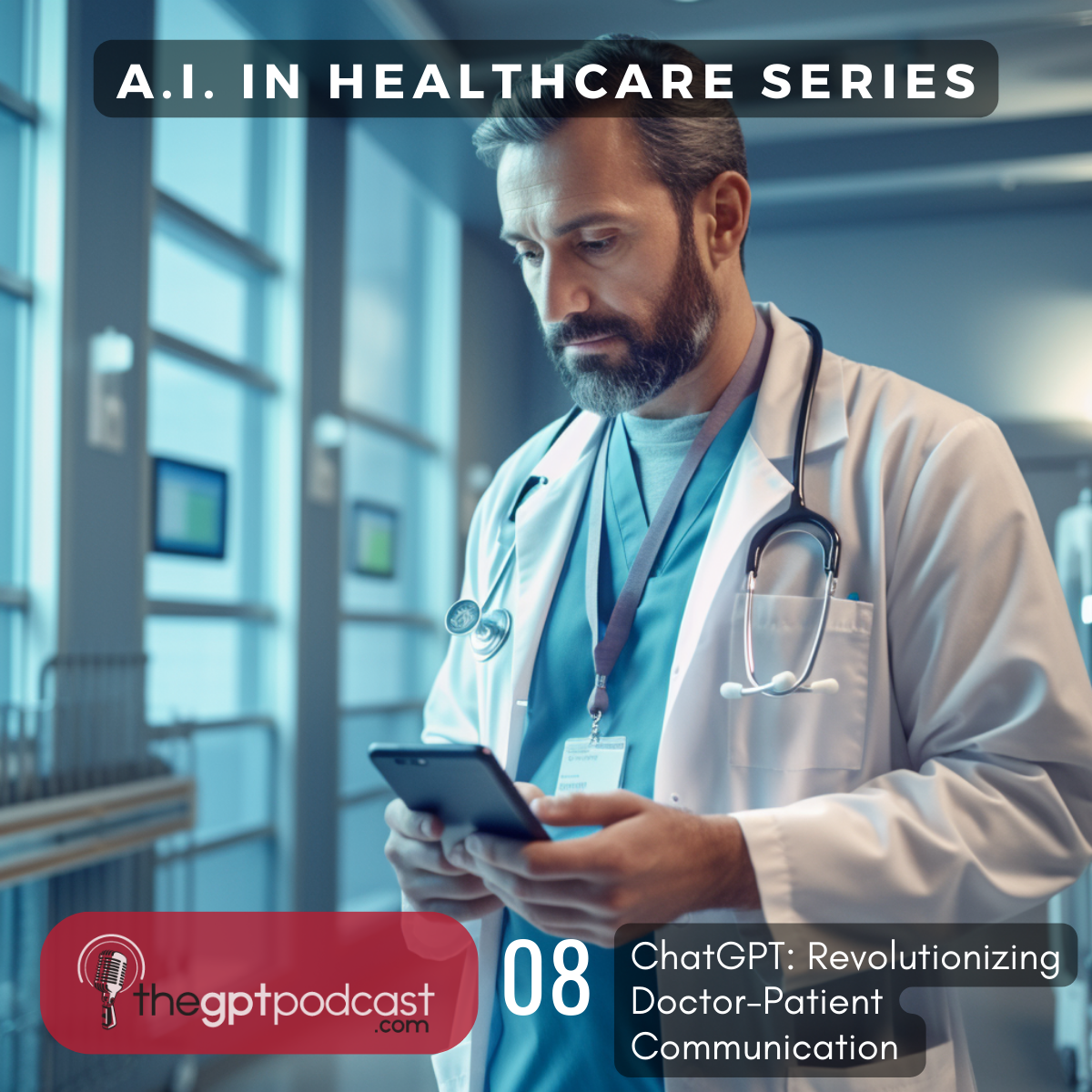Transforming Doctor-Patient Communication with ChatGPT
🤖💬 ChatGPT: Revolutionizing Doctor-Patient Communication! AI-driven chatbots like ChatGPT enhance empathy and compassion in healthcare. Learn how doctors use it to break bad news, clarify medical recommendations, and bridge communication gaps. 🩺💬 #AIinHealthcare

Introduction: In the realm of healthcare, the utilization of artificial intelligence (AI) continues to make significant strides. One intriguing application of AI is its role in enhancing doctor-patient communication. Specifically, doctors are harnessing the power of ChatGPT, an AI-powered chatbot, to improve their empathetic connection with patients. In this blog post, we explore a recent article by The New York Times[1] on how ChatGPT is transforming the way doctors communicate and the impact it has on patient care.
The Importance of Compassionate Communication: Studies have shown that patients value compassion from their doctors above waiting times or costs. However, surveys have revealed that many patients have encountered doctors who lacked empathy. Recognizing this gap, doctors have turned to AI-driven chatbots like ChatGPT to help them find the right words and deliver information compassionately.
Breaking Bad News and Clarifying Medical Recommendations: ChatGPT assists doctors in addressing various communication challenges. It helps them break bad news to patients, express concerns about patient suffering, and provide clear explanations of medical recommendations. By leveraging ChatGPT, doctors can ensure that patients receive crucial information in a compassionate and understandable manner.
The Role of ChatGPT in Script Development: One notable example is Dr. Michael Pignone from the University of Texas at Austin, who used ChatGPT to develop a script for discussing alcohol use disorder with patients. ChatGPT instantly generated talking points, which were then refined by social workers to accommodate patients with limited medical knowledge. The resulting script proved to be more accessible and understandable for patients.
Addressing Concerns and Skepticism: While the integration of AI in patient communication shows promise, there are concerns to address. Skeptics highlight the potential limitations and inaccuracies of AI-driven language models like ChatGPT. Ensuring that errors are minimized and not detrimental to patient care remains a crucial consideration.
Real-Life Impact and Personal Experiences: Dr. Gregory Moore, a former executive at Microsoft, shared a personal experience where ChatGPT provided valuable support to help him find the right words for a friend with advanced cancer. The AI chatbot offered compassionate responses, becoming a guiding presence during a difficult time.
Moving Forward: ChatGPT and similar AI tools hold the potential to assist doctors in improving their communication skills with patients. However, it is essential to strike a balance between technology and human interaction. AI should enhance, rather than replace, the human element in healthcare. Ongoing exploration and careful implementation are necessary to optimize the benefits of AI in patient communication.
Conclusion: The integration of ChatGPT and other AI-driven chatbots presents a promising opportunity to enhance doctor-patient communication in healthcare. By leveraging the power of AI, doctors can deliver information with empathy and compassion, meeting the needs of patients in a more personalized and effective manner. As the field continues to evolve, it is crucial to navigate the ethical considerations and ensure that AI remains a valuable tool in the pursuit of quality patient care.
Footnotes
[1]https://www.nytimes.com/2023/06/12/health/doctors-chatgpt-artificial-intelligence.html

